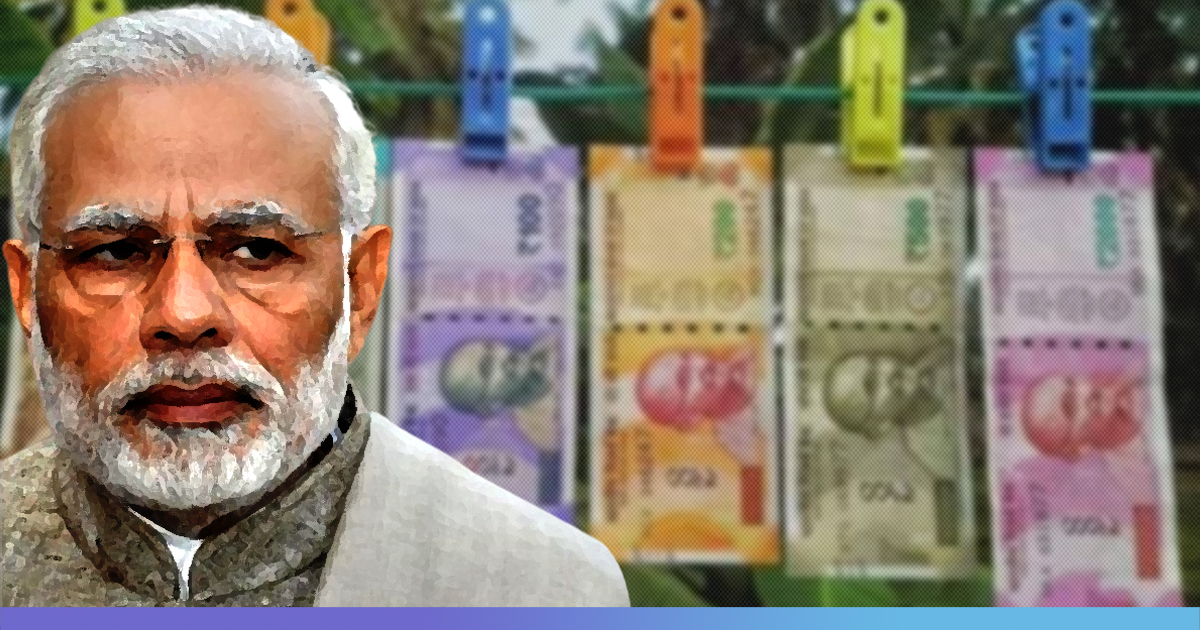Commenting on India’s economic slowdown the former Reserve Bank of India governor, Raghuram Rajan had recently said that Demonetisation and GST broke the backbone of Indian economy. On November 8, 2016, Prime Minister Narendra Modi announced a ban on Rs 1,000 and Rs 500 in circulation thereby making 86 per cent of the country’s currency invalid. On several occasions, the PM endorsed the decision by saying it helped combat the terror funding, black money, and corruption.
But despite hypes, demonetisation failed to achieve some of the goals PM Modi mentioned while announcing the historic decision.
Cons
- The government initially expected that around Rs 3 lakh crore demonetised notes would not come back to the system. But the Reserve Bank of India’s (RBI) 2018 report provided said otherwise. According to the report, 99.3 per cent of the notes came back. The value of notes which did not come back stood at Rs 10,720 crore of the total Rs 15.41 lakh crore demonetised notes.
- According to the analysis done by the Bengaluru-based Azim Premji University, as many as five million people lost their jobs between 2016 and 2018 due to demonetisation.
- Immediately after the currency ban exercise, though the factories and industries in most of the organised sector noticed growth in jobs and rise in wages, their potential to channelise funds in productive capital was severely hampered in 2017-18 according to Business Standard.
- Just two years after note ban, the Union Agriculture Ministry in 2018 admitted that farmers had to suffer badly due to demonetisation. Demonetisation made it difficult for the farmers, especially the smaller cultivators, to purchase agricultural machinery, fertilisers and seeds.
- According to one of the reports released by real estate market research firm, PropEquity, the overall number of developers in the top nine cities in India dropped by over 50 per cent in 2017-18 after demonetisation.
- Curbing terrorism was one of the major reasons for the currency ban. But in the past three years, there have been several terrorist attacks in Kashmir including the Pulwama terror attack which claimed lives of over 40 CRPF personnel. The constant terror activity in the valley puts a question mark on the government’s claims of demonetisation blocking funds to the terrorist organisations.
- Demonetisation though temporarily brought down the cash usage in the Indian economy, but the total currency in circulation surpassed pre-demonetisation period just after a few months of the decision. On June 9, 2017, the total amount of cash in circulation stood at 15.29 lakh crore or 86.2 per cent of the pre-demonetisation level of Rs 17.74 lakh crore.
But some areas also witnessed a few positive changes due to demonetisation.
Pros
- Almost every tier-II and tier-III Indian towns witnessed doubling of digital payments after demonetisation. Almost every mobile user adopted to pay via Google, WhatsApp, online wallets like Paytm, MobiKwik etc. This apart from the increased usage of plastic money.
- After demonetisation National electronic funds transfer (NEFT) transactions even saw a rise to a whopping Rs 9.88 trillion. Collectively all the digital transactions registered an upsurge of 440 per cent after demonetisation according to Business Standard.
Also Read: Demonetisation: “Massive, Draconian, Monetary Shock”, Says Modi Govt’s Former Chief Economic Advisor











